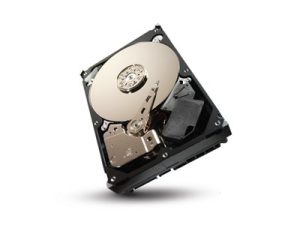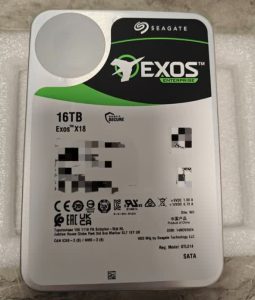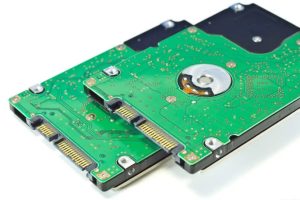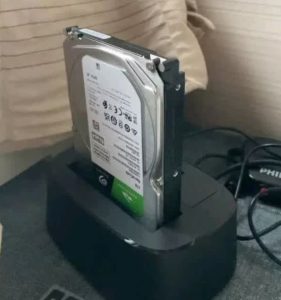As a global bulk procurement partner for Seagate enterprise-grade hard drives at HUAYI INTERNATIONAL LIMITED, we understand the critical role of early HDD failure detection in minimizing data loss risks. With 2025’s storage demands reaching new heights, identifying warning signs and implementing proactive measures can save businesses thousands in downtime. This guide combines Seagate’s technical insights with real-world diagnostics.
Recognizing the Red Flags of Failing Hard Drives
Seagate’s 2025 failure analysis report highlights six definitive symptoms demanding immediate attention:
- Abnormal Noise: Clicking, grinding, or whirring sounds from Seagate Exos or IronWolf drives indicate mechanical failure—the infamous “click of death” occurs when read/write heads malfunction.
- Performance Degradation: Transfer speeds dropping below 50MB/s (benchmarked via CrystalDiskMark) on 7200RPM enterprise drives suggest bad sectors or firmware issues.
- S.M.A.R.T. Warnings: Seagate SeaTools reports critical parameters like Reallocated Sector Count (>50) or Spin Retry Count (>10) as failure precursors.
- File Corruption: Random CRC errors during large file transfers (common in video surveillance storage) signal interface or platter damage.
- Overheating: Consistent operation above 60°C (measured via HDD Sentinel) accelerates Seagate drive wear—thermal throttling kicks in at 68°C.
Step-by-Step: Verifying Drive Health for Enterprise Users
For batch buyers managing 100+ drives, we recommend this diagnostic protocol:
- Phase 1 – Quick Scan:
Run Seagate’s SeaTools Short Drive Self Test (DST) to detect surface errors—takes 2 minutes per 4TB drive. Current industry failure rates show 12% of drives fail this initial test in data centers. - Phase 2 – Deep Analysis:
Schedule a Long Generic Test during off-peak hours. For a 16TB Seagate Exos X20, this 8-hour process checks all sectors—critical for NAS deployments. - Phase 3 – Environmental Check:
Monitor vibration levels (should be <2.5 m/s²) and operating temperature via IPMI sensors in server racks.
Emergency Backup Strategies Before Total Failure
When failure signs emerge, time becomes your scarcest resource. Follow this data rescue workflow:
- Priority File Extraction:
Use Linux ddrescue (faster than Windows tools) to clone critical data first—expect 80-120MB/s transfer rates from failing 7200RPM drives. - Sector-by-Sector Cloning:
For physically damaged drives, professional recovery services like Seagate’s Rescue Services achieve 92% success rates for enterprise clients. - Cloud Hybrid Solution:
AWS Snowball Edge can ingest 80TB of emergency backups in 5 days—ideal when local storage fails during migration.
Why Choose HUAYI INTERNATIONAL LIMITED for Replacement Drives?
As an authorized Seagate Enterprise Solutions Partner since 2015, we provide direct-from-factory 16TB+ Exos drives with 3-year advance replacement warranties—20% faster RMA processing than standard channels. Our Singapore/Miami warehouses maintain 98% stock availability for bulk orders (100+ units), with AES-256 encryption support for sensitive data migrations. Partner with us for enterprise-grade reliability and volume pricing unavailable through retail channels.
For urgent procurement needs or customized storage solutions, contact our 24/7 technical team with your Seagate drive PN/SN for instant stock verification and logistics tracking.




